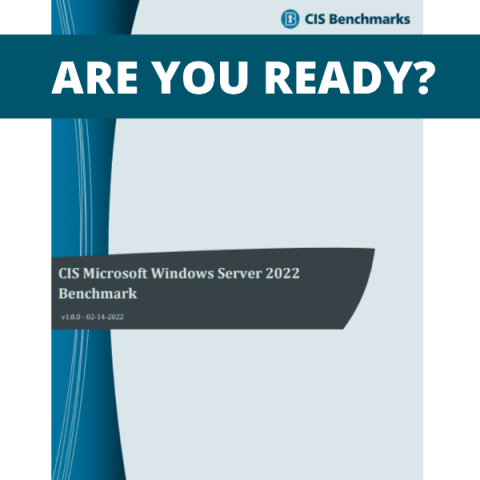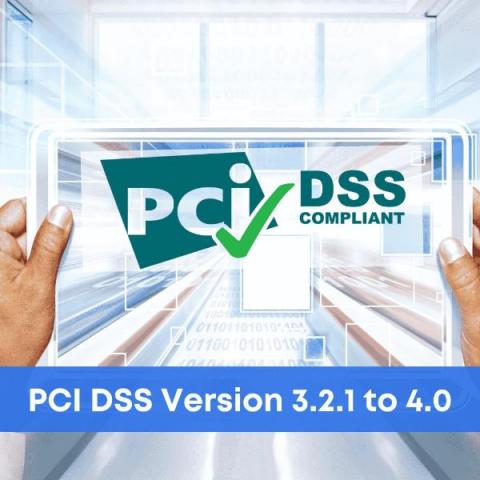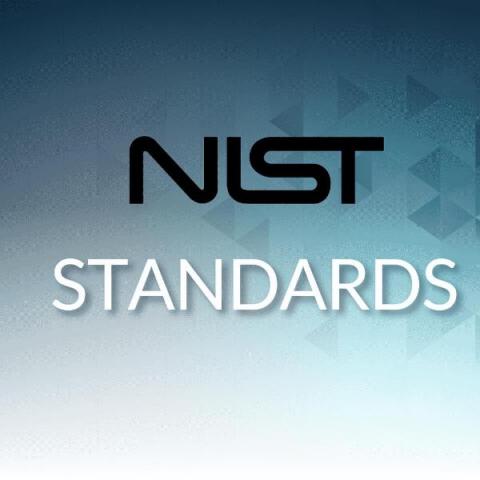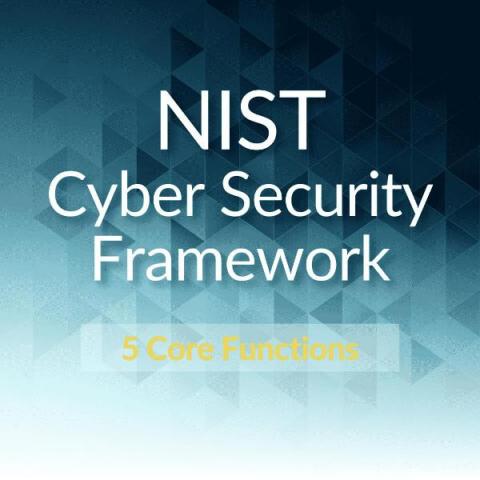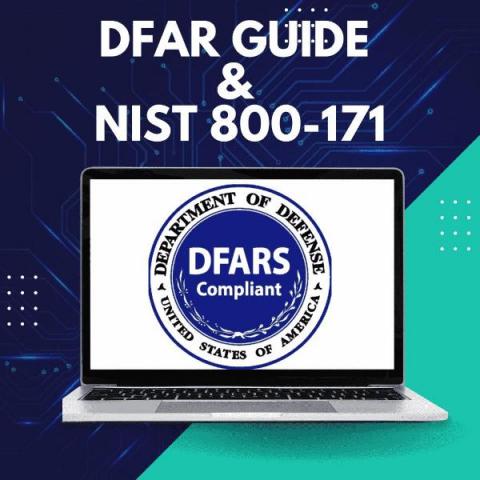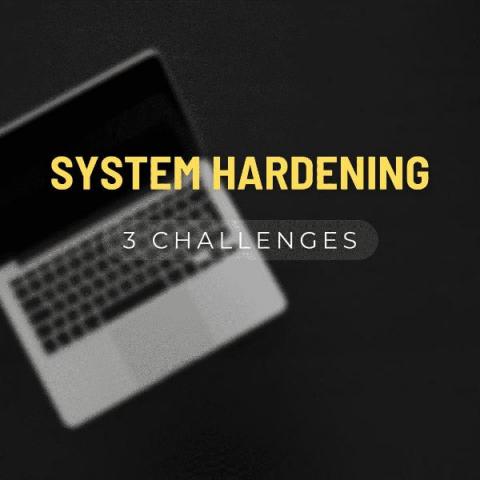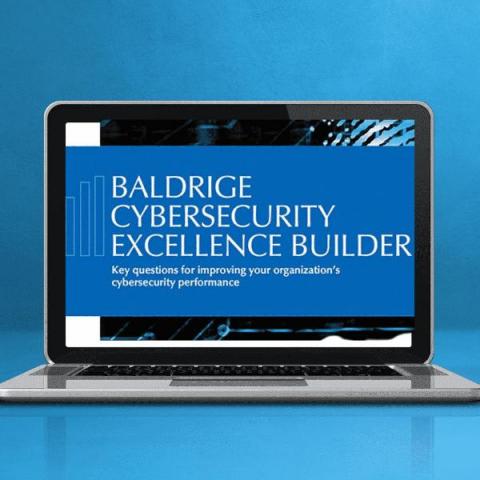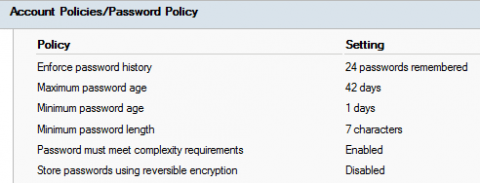CIS Microsoft Windows Server 2022 Benchmark v1.0.0
In February 2022, CIS (Center for Internet Security) released the Microsoft Windows Server 2022 Benchmark v1.0.0 that includes 50+ new features, GPOs (Group Policy Objects), capabilities and services. The document offers a comparison between Server 2019 vs. Server 2022 for similarities and differences as well as similarities and differences of Windows 11 vs Windows 10.


